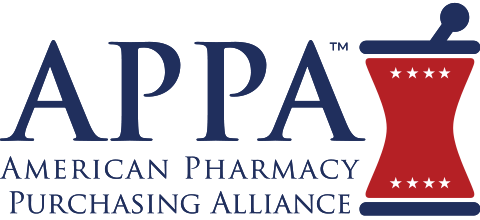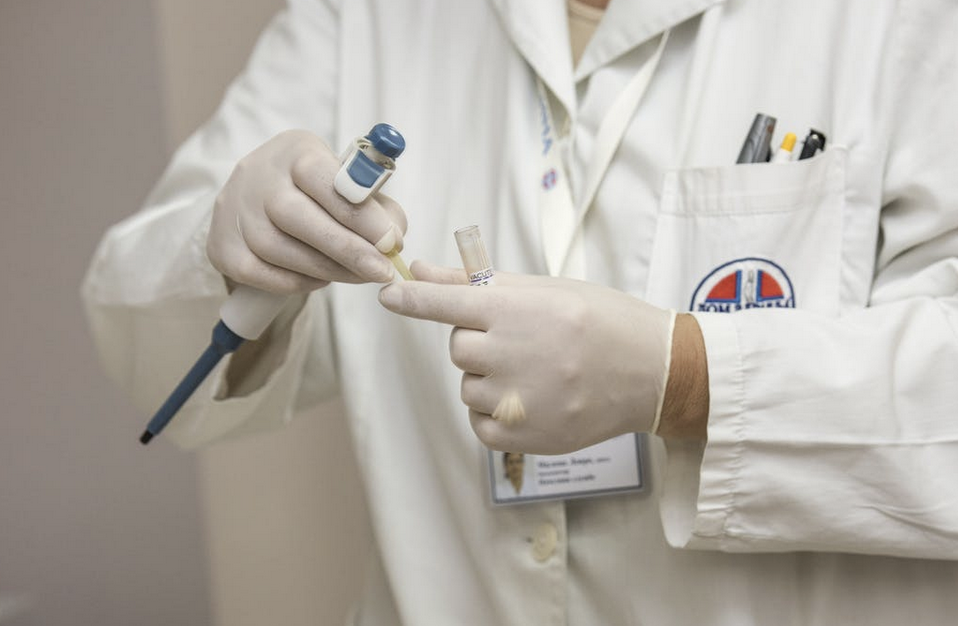The global community is trying their best to cope with the rapidly evolving situation surrounding the spread of COVID-19. Governments are trying to quell panic while being appropriately cautious to contain the spread. Individuals are preserving their own and their families’ health by minimizing exposure. And businesses, particularly those that have logistics at the core, are struggling to find ways to mitigate damage to their bottom line and productivity. These are no doubt challenging times, and signs point to things getting worse before they get better.
As a profession, we need to observe and think deeply about what actions to take as this virus continues to spread around the globe, and how to be as helpful as we possibly can be. Here is what I came up with, as a direct result of the personal experience that I had with my own physician.
Dr. Michael Goodman, MD in Bellmore is a board certified internist who has been my physician for over 30 years. He has always been there for me and my wife, helping both of us try to achieve optimal health. Over the years, I was fortunate enough to establish a personal and professional relationship, as we both always looked for innovative ways to advance healthcare through collaboration. As two health care providers, we believed that having a Pharmacist, right in the office as a clinical partner of the Physician, would help address the challenges in medication management that patients struggle with everyday. Delivering better adherence solutions, by utilizing cost saving and life saving resources as a medication expert in the office, can help create a new standard of patient engagement.
Today Dr. Goodman is sitting in his home, unable to deliver care, compassion and empathy to patients in his office, that always went hand in hand with his medical expertise. He is on a two week quarantine as a result of a positive COVID-19 test that he personally administered to one of his patients earlier this week.
I needed to see him yesterday when my wife experienced some flu-like symptoms that concerned me. As an asthmatic patient, over 60 years old (sorry honey, had to say that) her shortness of breath and cough was disturbing for obvious reasons. When I called Dr. Goodman, always available to his patients on his cell, I asked if I could bring her in to see him. It was at that moment , the world of healthcare as I knew it changed when he said that he was closing the office for two weeks. This was not a time for him and his lovely wife to go on vacation or to visit with their grandchildren up in Boston, always with a covering doctor on call to handle any emergencies. This was THE OFFICE IS CLOSED.
After I hung up, I realized that the people putting their lives on the line to help patients during this coronavirus pandemic, are in fact putting themselves and their families at risk. As a patient, and as a caring Pharmacist and as a human being trying to deal with this health care crisis, I had to do something….immediately !
I called my partner Peter Bechtel, and said…”Remember that TeleHealth conversation we had a few months back to add that to our PharmD Concierge services ?…WE NEED IT TODAY !
I am not going to bore you with the dynamics or gymnastics over the past 12 hours that Peter did to accomplish, but today at 4PM we installed the first RXVIP Concierge TeleHealth platform for Dr. Goodman so he can ‘meet’ with patients tomorrow. He now has the only telemedicine solution in the country that comes with a Pharmacist (me) in the box, making this a turnkey solution so that his practice can continue to serve his patients in what we both agree will be the “new normal” that will save lives.
I am personally reaching out to the next generation of licensed PharmDs who have entered our profession recently, plus those at the door to our great profession. We need YOUR leadership to set the bar for social distancing and safe practices. As the youth of America, not just as future health care providers, you have the opportunity to save lives today by refraining from what comes naturally in your normal activities. There is no normal now so the responsibilities to set the ‘New Normal’ sits squarely on your shoulders. As clinical experts, you must be following the trends that indicate much larger positive test results of testing for people not originally identified as high risk. No one knows who is carrying this deadly virus as numerous cases show that it is now showing up in patients before they show any symptoms. Please think of the impact that you can have by following the guidelines set for flattening the curve, even if it seems challenging. The end result of your ‘adherence’, a powerful word for Pharmacists, is that YOU will deliver the right drug at the right dose which will help the next generation of PharmDs reach Provider Status.
Finally, and with no political axe to grind, it just amazes me that with the leading experts in our nation coming together to deal with this horrific patient safety disaster, NO ONE has mentioned the word ‘Pharmacist’ in any guideline change or as a resource to leverage our profession for help. Now a new/old drug is coming into play plus tens of millions of Americans will struggle as a result of medication shortages on their life saving drugs, yet the value of Pharmacists to the healthcare continuum is based on the fact that CVS & Walgreens have big parking lots.
With TeleHeath guidelines being dramatically changed by CMS to allow physicians to stay engaged with their patients, and be compensated for their professional services, then there has never been or will never be a better time to allow Pharmacists to provide their medication expertise in the same fashion.
We have always advocated for provider status, and will continue to do so until our voices are heard. Now we are not advocating for the profession of pharmacy alone, but we are advocating for every person in America, who last year took over 4 BILLION prescriptions that physicians wrote. The need Pharmacists to help them manage their medication to stay alive during this pandemic wave that will crash on the healthcare system, but also when it washes away.
My father was a community Pharmacist for over 60 years and I can assure you that he would have provided needed services in a crisis like this. In his honor and memory, RXVIP Concierge will provide every Pharmacists with a TeleHealth solution that they can then implement and utilize with any physician practice who sees the value of what a Pharmacist delivers as a PROVIDER. There will be hundreds of telemedicine solutions hitting the market now, but you can offer the only one that comes with a Pharmacist In The Box !!
Just Call 1-844-MYRXVIP (1-844-697-9847) to get on the pathway to provider status with us.
Physicians are welcome to call as well because we can’t have doctors sitting at home (sorry Dr.G) not ‘seeing’ patients at this critical time for the health of our nation. RXVIP Concierge will make sure that those offices don’t stay closed forever.







